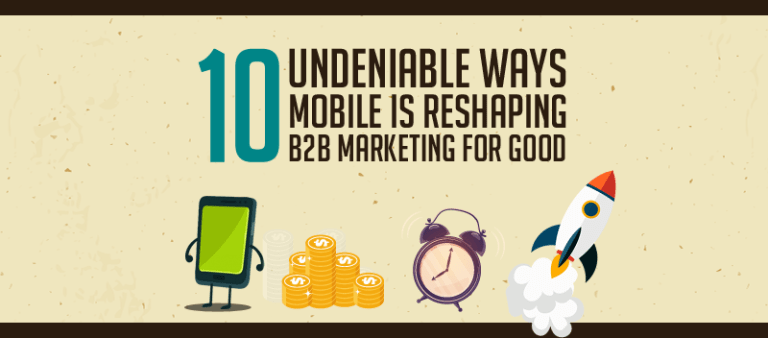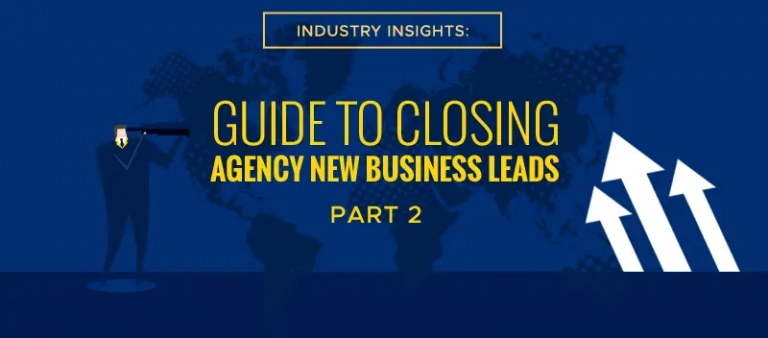We’ve seen how the B2B buying process has changed and how the conversion funnel has evolved along with it. Mobile drives a huge part of this shift. It makes the nonlinear, self-directed buying journey possible by making information and engagement available at the times and places where prospects want or need them the most.
This infographic shows exactly how the move toward mobile impacts B2B marketing. From the sources we looked at, mobile is reshaping the B2B marketing landscape in 10 distinct ways, from both marketers’ and prospects’ points of view.

These 10 trends point to 3 main themes:
#1 Mobile contributes to business results
A 2017 study from the Boston Consulting Group (BCG) finds that mobile accounts for at least 40% of B2B companies’ revenues. That’s apparently only the tip of the iceberg.
Salesforce surveyed B2B buyers in 2016 and found that mobile was a crucial tool for practically all B2B decision-makers. In the study, 84% of millennials considered mobile as necessary for their work, while 76% of Gen Xers and 60% of baby boomers agreed with this.
Also, BCG points out that mobile shortens the time it takes to make a purchase decision by as much as 20%. This is because mobile keeps information within easy reach throughout the buying journey, and enables close collaboration among stakeholders.
Related: Does the Versatility of Mobile Marketing Have a Place in B2B?
#2 Usage and adoption continue to grow
It’s also clear that more and more B2B buyers do much of their pre-purchase research on mobile devices. According to the BCG report, around half of all B2B search queries are made on a smartphone. Meanwhile, data cited by eMarketer shows that 82% of B2B buyers access content via a smartphone and 56% through a tablet.
B2B prospects’ work-related usage of mobile devices is also seeing some significant uptick. The above Salesforce survey notes that time spent using mobile devices for work has increased for 63% of B2B buyers. BCG also predicts that by 2020, B2B employees’ daily use of mobile devices will reach 3 hours on average.
#3 Mobile-first, not mobile-only
Mobile’s growing importance for both marketers and buyers, however, doesn’t mean these two groups solely focus on mobile alone. In fact, mobile forms part of an “omnichannel” strategy that brings a seamless experience for B2B buyers across multiple devices and touch points, similar to what consumers encounter all the time.
That’s why, according to IBM, close to 80% of B2B buyers want a B2C experience, and 85% of B2B organizations are more than happy to deliver.
Delivering a rich mobile experience isn’t only a good idea, it’s a profitable strategy. BCG’s research also reveals that mobile encourages repeat business and builds long-term relationships when done right.




